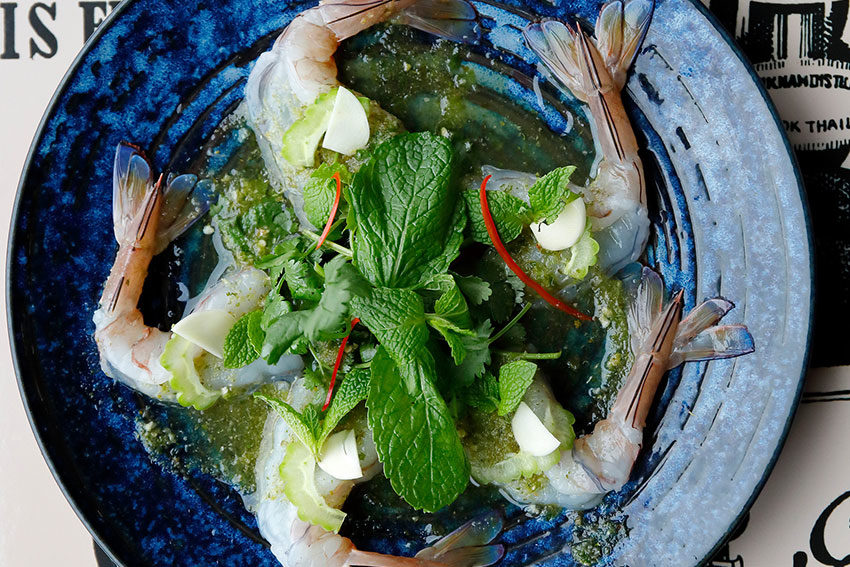In search of fire and flavour with Nu Suandokmai

Adelaide chef Nu Suandokmai takes writer Nigel Hopkins on the road to discover the village kitchen flavours and family traditions that drive his celebrated cooking.
When Nu Suandokmai opened his restaurant Nu Thai, with his wife Jane, in Gouger Street in 2000, it was a flavour sensation. One prominent restaurant reviewer of the time reported that Nu had “pulled off the seemingly impossible, a new Thai restaurant with new Thai tastes,” then adding unfortunately that this was “good Nu’s”.
It was indeed good news for travellers who’d tasted the real thing on the streets of Bangkok or Chiang Mai and despaired at the bland, sweet offering from local Thai restaurants. The thing was, though, that these were not “new” Thai tastes – they were the oldest, most traditional Thai flavours that Nu had learnt from his mother, Prateung, both on the family farm some 100 kilometres north of Bangkok in Ang Thong province, and helping her as she cooked in university kitchens in Bangkok.

It was the only way that Nu knew how to cook, but it was the real thing and for many in Adelaide it was a revelation. What followed then was a long and convoluted journey that took him to Indonesia and back to Sydney, and eventually back to Adelaide with the opportunity to open his own restaurant, Lantern by Nu.
By now he’d worked in some pretty fancy places and at times he’d had to turn down the horsepower to suit more conservative tastes. But at Lantern by Nu it was clear to him that it was time to return to his roots and the authenticity of his mother’s cooking, and it’s those recipes that have been celebrated in his first book, Fire & Flavour.

For photographer Tony Lewis and I it was obvious we had to go to the source, the family farm, meet Nu’s mother and talk to his older sisters, Pi Na and Pi Lek, and find out what happens inside a Thai village kitchen. Not all Thai village kitchens. As in so many countries, traditions and customs change dramatically from region to region, and Thailand is no different. So this would be a book about just one family kitchen in one small, non-touristy corner of Thailand.
For Lek, now in her mid-sixties, who oversees some 40 hectares of farmland filled with rice, sugar cane, fruits and vegetables, fish, ducks and chicken, life hasn’t changed much at all over the past half century. She still rises at 4am each day – “before the chickens”, works a 12-hour day every day, and is in bed by 8pm. She has no television or air conditioning and few of the comforts of city life.

I asked Nu to do the locavore thing – but not what came from inside 100 kilometres, but just 100 metres of that kitchen. We gave up after identifying at least 65 food ingredients from jackfruit and long red Thai chilli, to four different varieties of rice, pretty well all the herbs and leaves used in Thai cooking, four different type of fish from the fish farm canals running through the rice paddies, ducks and chickens, dragon fruit, monkey banana and lots more fruits. Everything around this well resourced farm was planted or grown with purpose.
It’s a style of life and a style of cooking that is all but impossible for Thailand’s fast-growing urban population, for whom this sort of mother’s cooking is becoming a fantasy. You still eat well in Thailand; on the streets and especially in temple markets you’ll continue to find authentic cooking. But even in Thailand there are moves to record and preserve the sort of cooking that Nu describes in Fire & Flavour.
Fire & Flavour is out now through Wakefield Press